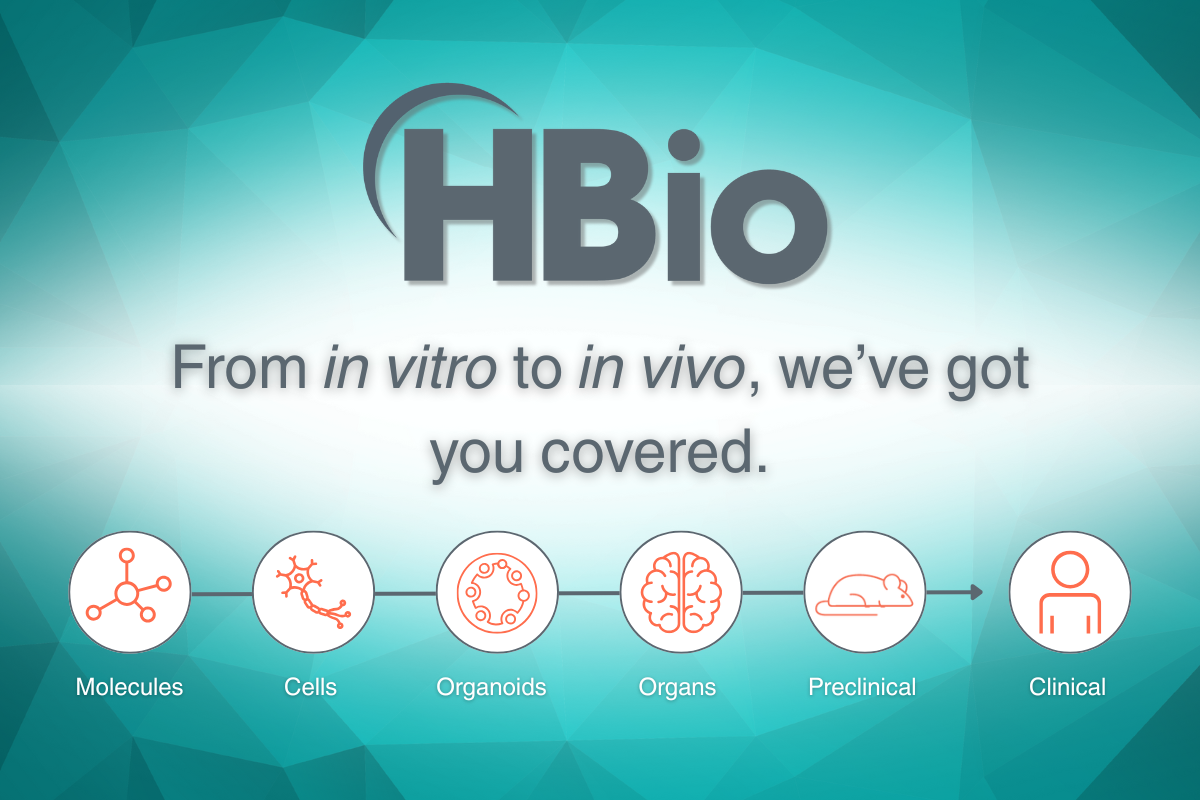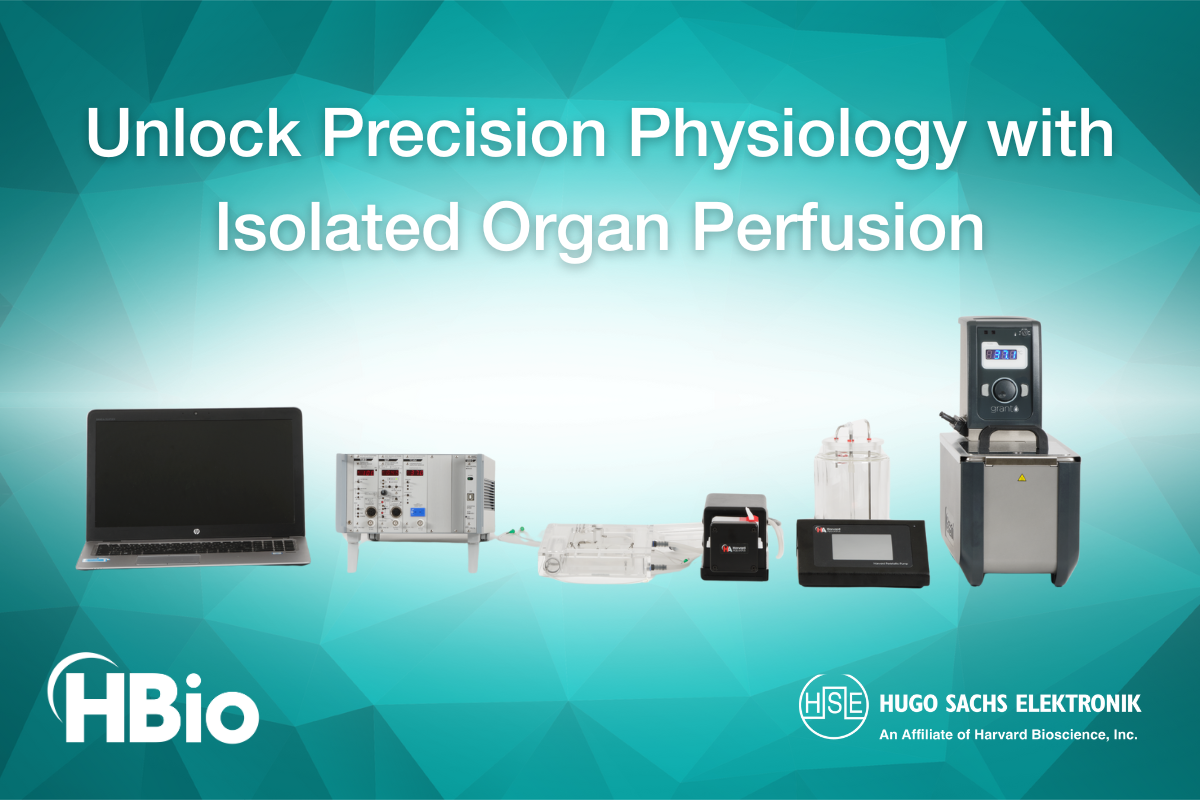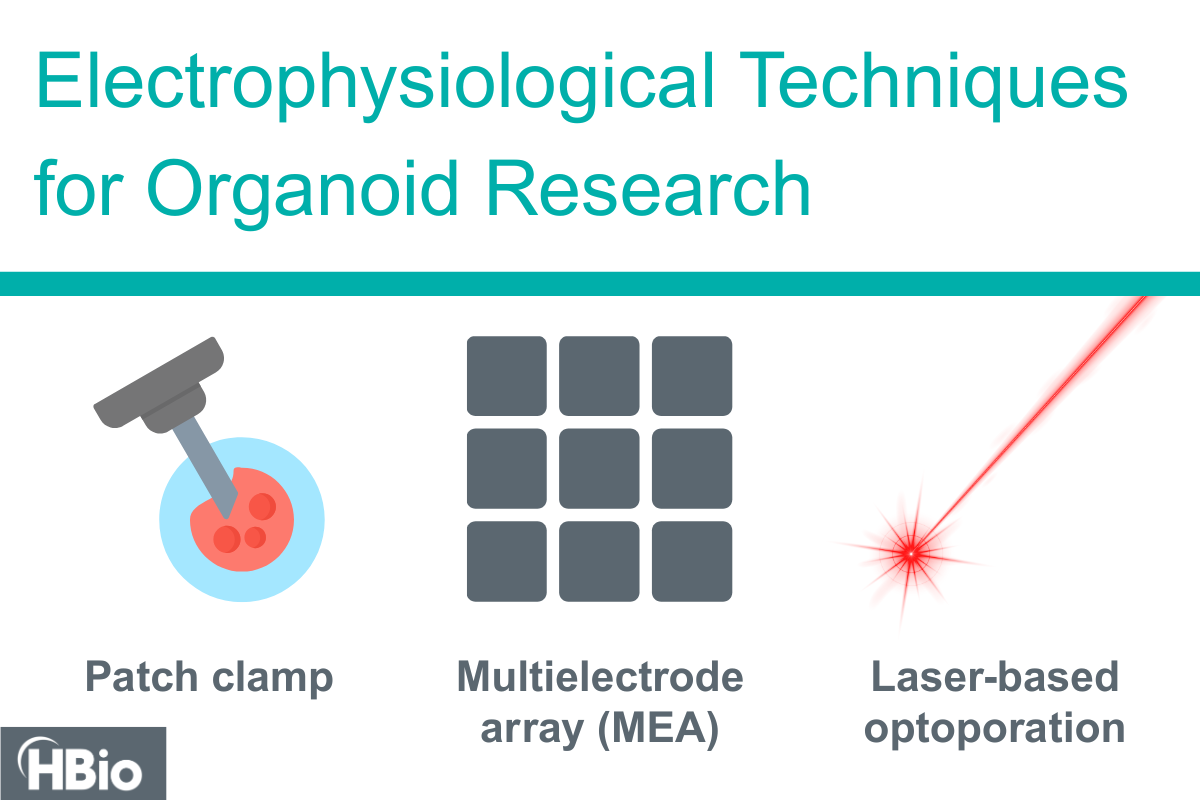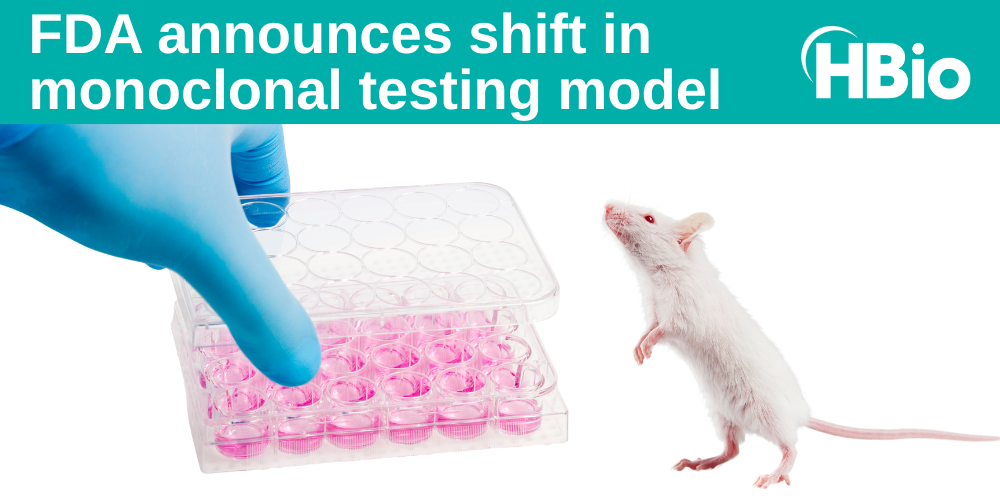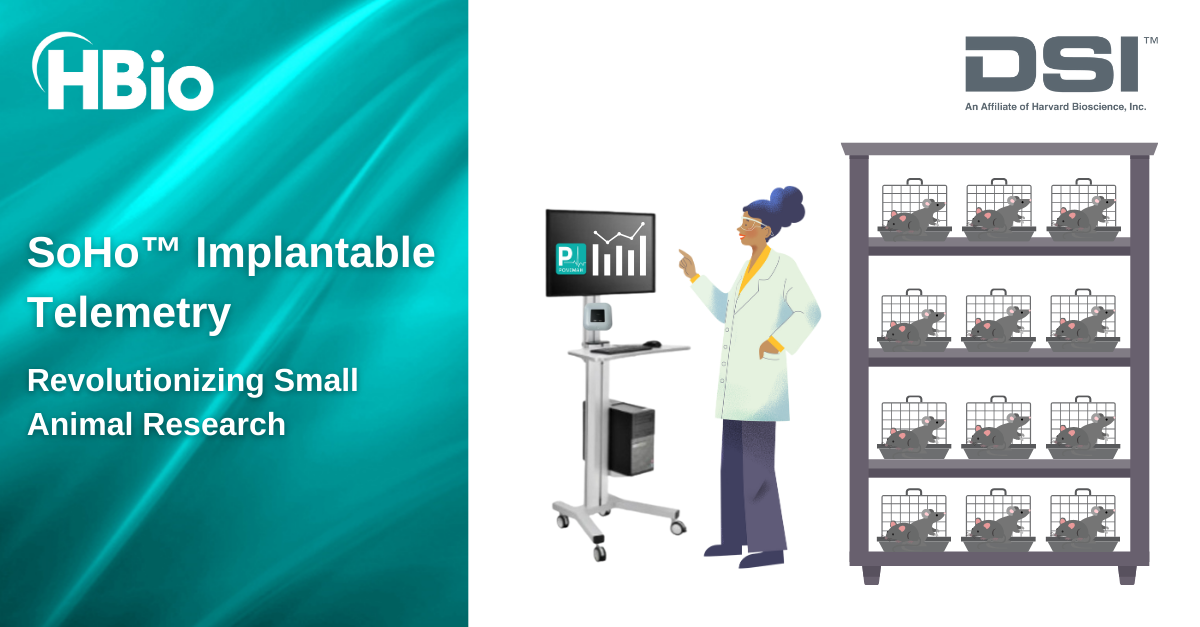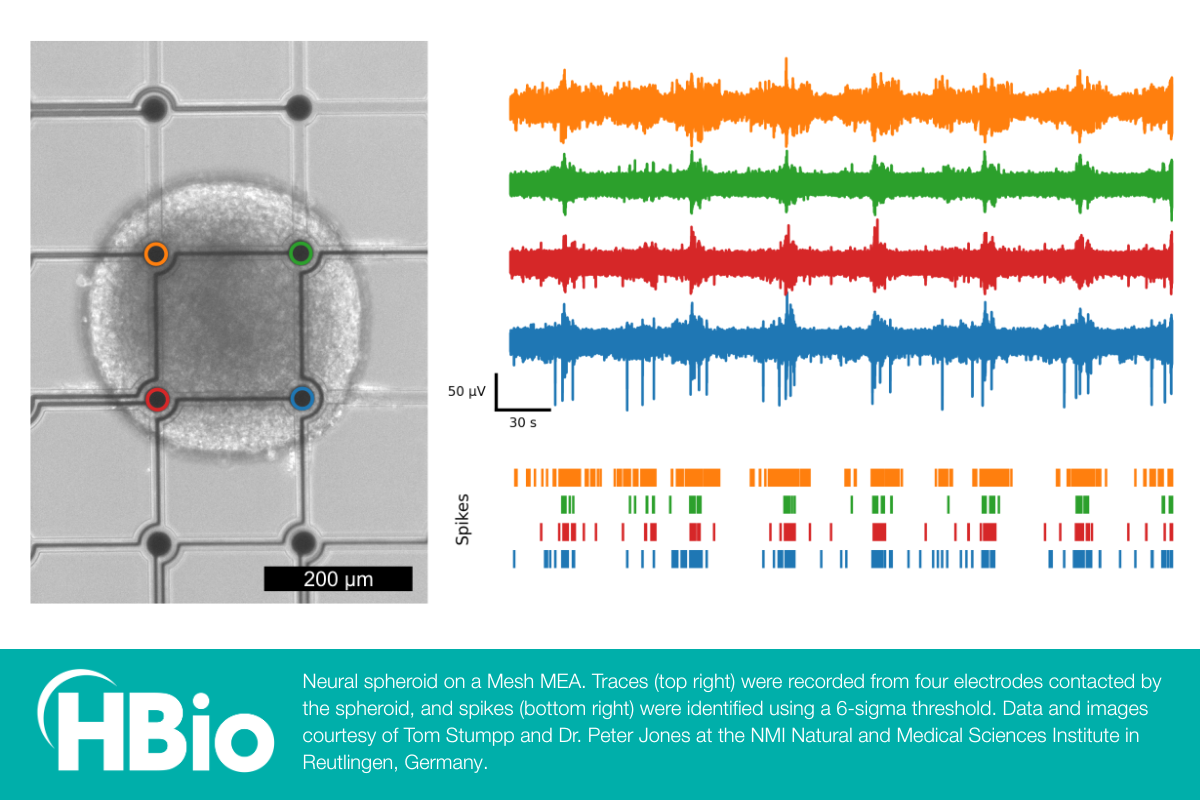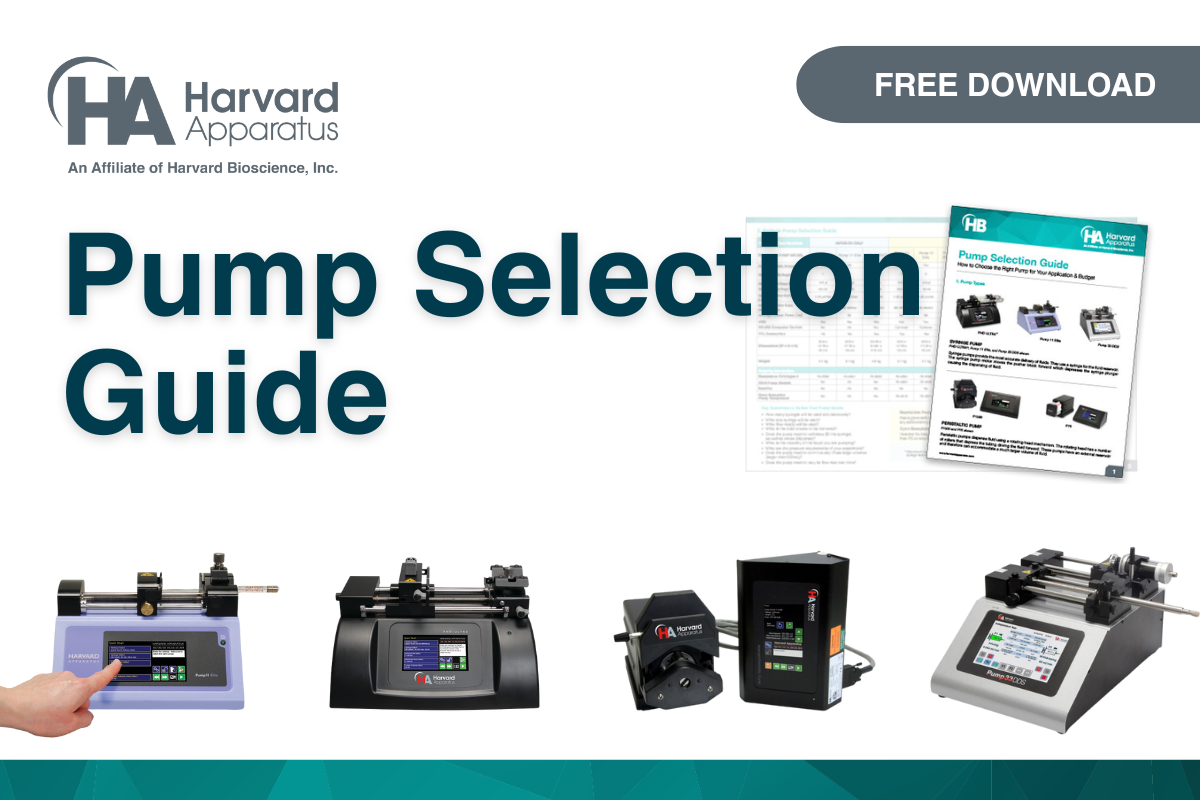Bridging the Gap: Meeting Today’s Research Funding Priorities with Holistic In Vitro and In Vivo Approaches
Funding bodies increasingly favor research that integrates in vitro and in vivo approaches for full translational impact. Discover how Harvard Bioscience’s comprehensive portfolio—from molecular assays to whole-animal models—supports rigorous, reproducible science aligned with today’s funding priorities. Build seamless workflows, strengthen grant proposals, and accelerate your path from bench to bedside with a single trusted partner.

